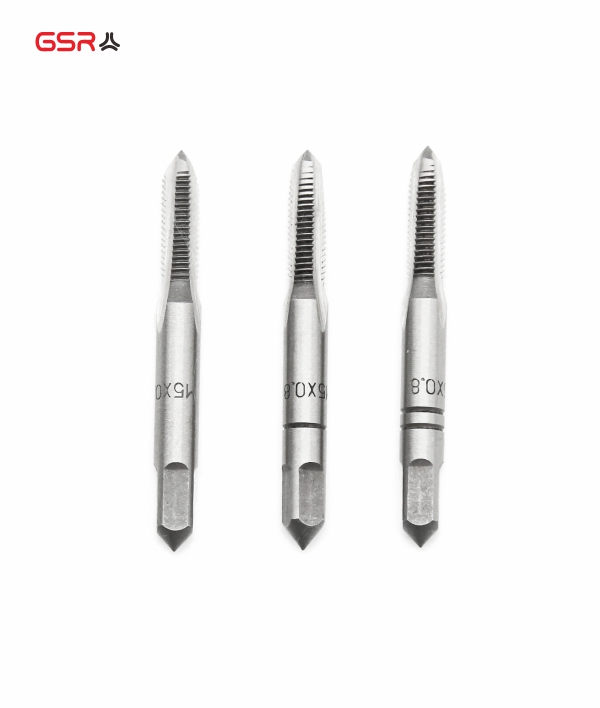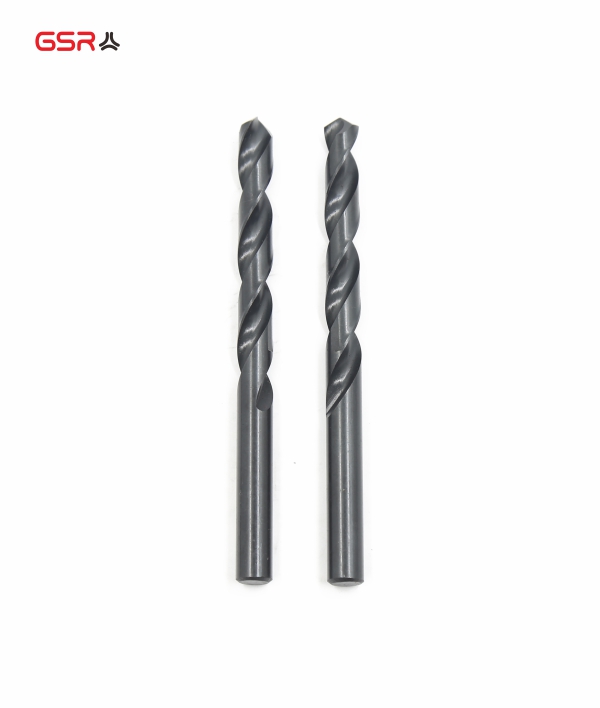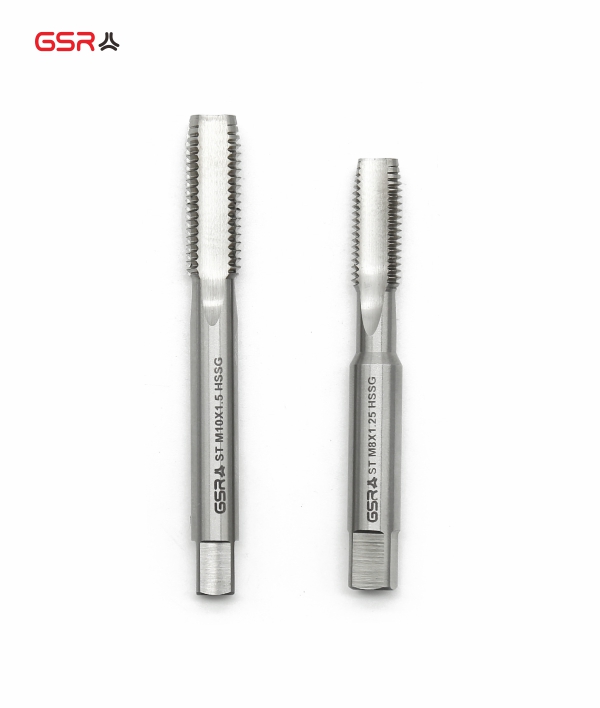Twist Drill Bit Hole Saw and Annular Cutter
When we talk about drilling on the materials like metal, wood, or plastics, there are generally three options. Twist drill bit, Bi-metal Hole Saw and Annular Cutter. Having the right tools for the job can make all the difference. While they are used for same purpose, there are distinct differences between them that can greatly impact their performance and suitability for specific applications. Now, we'll delve into the nuances of them, exploring their designs, functionalities, applications, and other factors to consider how to choose between them.
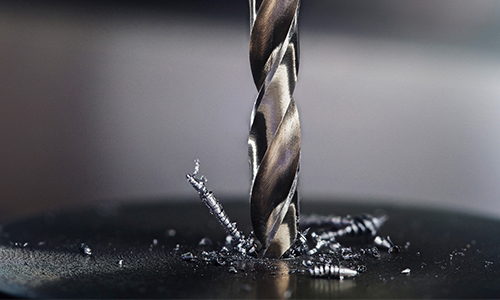
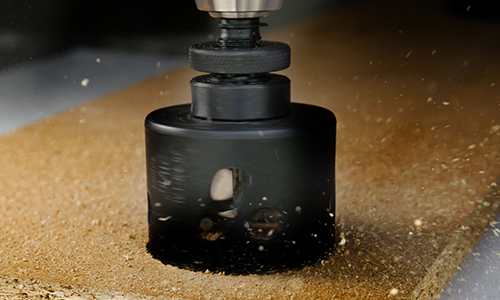
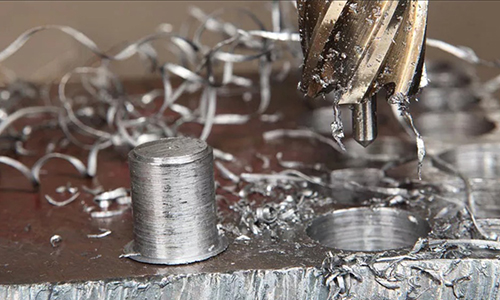
Design:
What is a twist drill:
A twist drill is generally made by High Speed Steel and a common and simple design consisting of a pointed tip, spiral flutes, and a shank. They are commonly used for general purpose, non-specialist drilling applications. The most popular standards on the market are DIN338 and DIN340 with a cylindrical shank and DIN345 with a taper shank, the fundamental design of all twist bits is similar.
What is a Bi-metal Hole Saw?
A hole saw is a cylindrical cutting tool used to create holes in various materials. The main body consists of a special flexible steel and the teeth that cut the material are made of HSS or HSSE-Co 8. The blade typically has sharp teeth around its perimeter, designed to cut through the material when rotated. A hole saw is capable of cutting holes with a much larger diameter. They create a hole in the workpiece without cutting up the core material.
What is an Annular Cutter?
An annular cutter, also known as a core drill, is a specialized cutting tool designed specifically for drilling large-diameter holes in metal,leaving a clean, smooth and precise hole. They have cutting edges along the circumference of a hollow cylindrical body. There are two materials for annular cutter, high speed steel and TCT(Tungsten Carbide Tipped)
Differentiation:
Twist Drill: Generally twist drills are suitable for drilling smaller holes (less than or equal to 13mm/1/2'') in a wide range of materials, including metal, wood, plastic, and more. They are commonly used in DIY projects, general maintenance, and light manufacturing.
Hole Saws: Bi-metal hole saws are versatile tools commonly used in woodworking, plumbing, electrical installations, and metalworking. They can cut through materials such as wood, plastic, drywall, and thin metals with a much larger diameter.
Annular Cutters: Annular Cutters are primarily used in metalworking applications and for drilling larger and deeper holes where precision and efficiency are paramount. They are ideal for drilling holes in steel, stainless steel, aluminum, and other tough metals.
Strengths and Weaknesses:
Twist Drill: Twist drills are efficient for small holes, they can produce rougher holes with burrs and irregularities, especially in harder materials. When the cutting edge is worn out, we can resharpen it and use it again, which is cost-effective. But for big sizes holes drilling, the cutting process has to be slower and more force is required.
Bi-metal Hole Saw: One of the main advantages of hole saws is their versatility and affordability. They are widely available (14-210mm) and suitable for a range of DIY and professional applications for large holes. However, hole saws may struggle with thicker or harder materials, and the cutting process can be slower compared to other methods when it comes to the metal drilling. And the hole is rougher. not very good surface.
Annular Cutters: One of the key advantages of annular cutters is their ability to drill large-diameter holes in metal with greater speed and accuracy than drill bits and hole saws. Additionally, they produce less waste and require less power, making them more efficient and cost-effective in the long run. However, annular cutters can be more expensive upfront and may not be suitable for drilling smaller diameter holes or non-metallic materials.
To choose the Right Tool for drilling, consider the following factors:
Material: Determine the type and thickness of the workpiece first. If you're going to drill on metal, especially thicker materials, a drill bit or an annular cutter may be taken into your consideration.
Hole Size: For small holes (13mm or 1/2'' and below), the twist drill bit is the first choice. For big sizes holes, how saw and annular cutter maybe better. Hole saws are available in a wide range of sizes (14-210mm), and annular cutters are for 12-100mm.
Accuracy: For drilling big sizes holes and precision and clean cuts are essential, especially in metalworking applications, an annular cutter may be the better choice.
Budget: Evaluate your budget and the long-term cost-effectiveness of each option. For cutting on the wood or plastic with a big size hole, hole saws are more affordable, while annular cutters can offer greater efficiency and cost savings in the long run for metalworking applications. Drills are only recommended in special cases.






